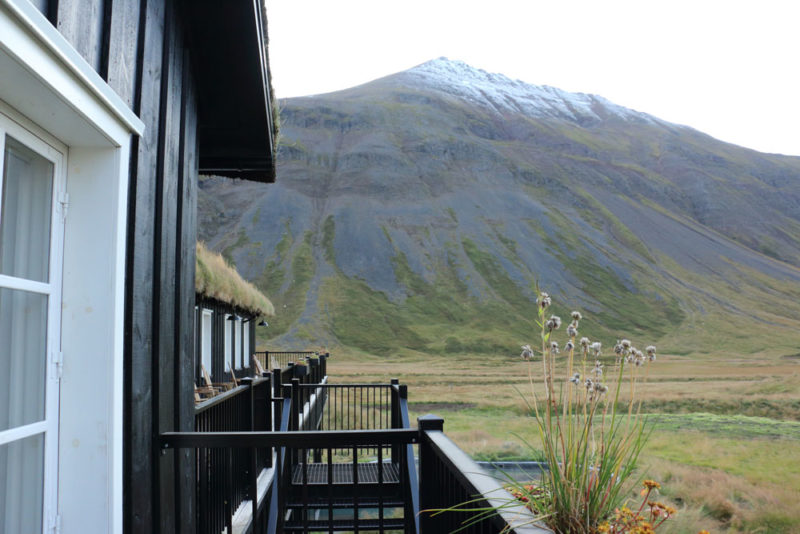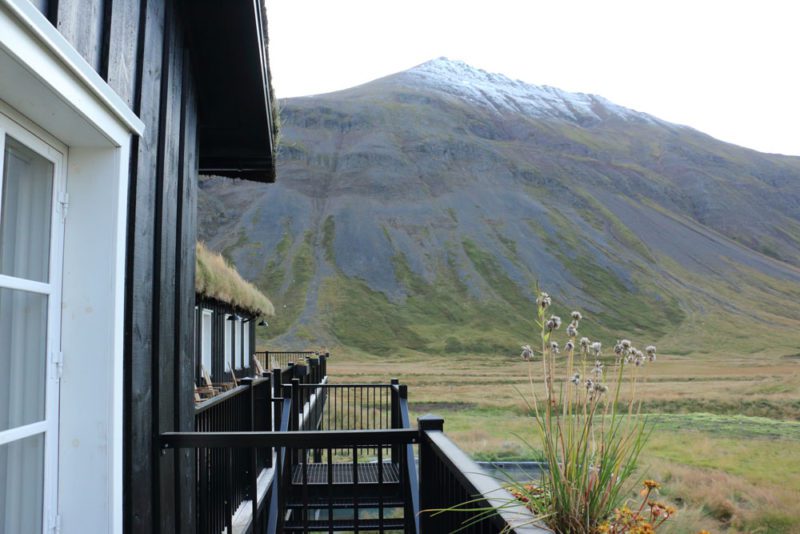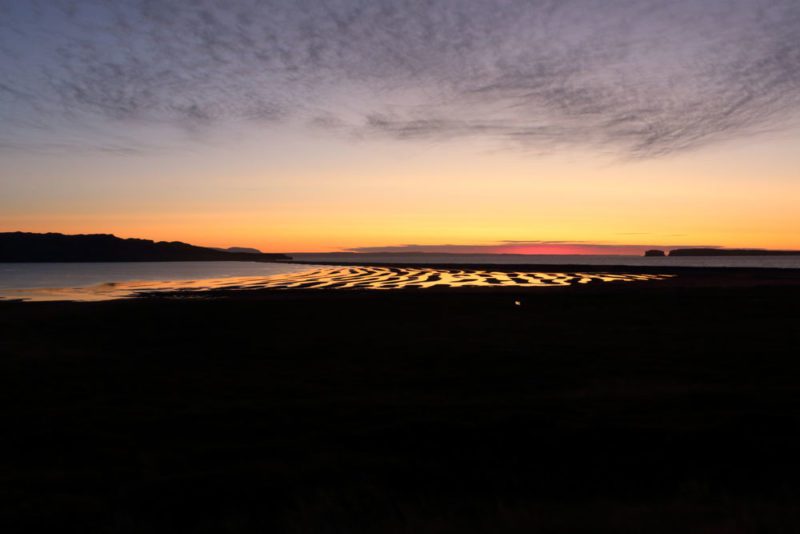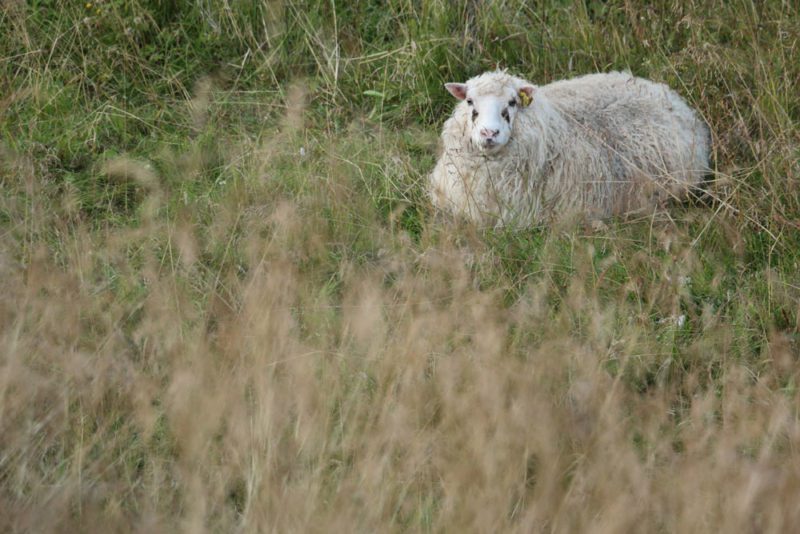Fly-Fishing Iceland at Deplar Farm
October 1, 2020



 Hunting,SCA Articles
Hunting,SCA Articles

Deplar Farm is an old sheep farm turned luxury lodge in the Northern Region of Iceland. In winter and spring, it is a heli-ski hideaway. In summer and fall, fly fishing.
My favorite type of guide in a strange land is a guide who knows the resource well. The land, the water, the plants, the wildlife. While I’m waving my fly rod, I’m going to ask questions about all of those things. A lot of questions. The day goes better when my guides know what they’re talking about.
Griff Griffiths knows what he’s talking about. He’s head guide for Eleven Experience. He’s from Wales, but he’s in Iceland solidifying services for Deplar Farm, which opened in 2016.
“Our job is not only to guide and keep guests safe, but to guide them toward what they want to do based on their interests and abilities,” Griffiths says.
Deplar Farm is an old farm turned luxury lodge. Its newly painted black and white wood slats stand out among miles of fall-colored grassland grazed by thousands of sheep. It’s also surrounded by mountains that eventually lean toward the Atlantic Ocean at the end of the Troll Peninsula in Iceland’s Northern Region. In winter and spring, this is a heli-ski hideaway. In summer and fall, fly fishing.

Deplar Farm is an old sheep farm turned luxury lodge in the Northern Region of Iceland. The white dots high on the hill are sheep. Tourists heli-ski here in winter and spring. They fly fish in summer and fall.
“You need to fish here,” says Höddi Birgir, fly fishing guide. “Maybe I’m not the best guide in the world, but nobody knows this river like me and my brothers.”
The river he’s talking about is the Húsey. I fish it with him for 12 hours. We catch sea trout, ocean versions of brown trout. We’re out of light when we leave the water.
The next day I fish the Fljótaá for half a day with Gunnlaugur Gudleifsson. I ask him a lot of questions. He doesn’t mind.
“You are the most fun angler I have guided,” Gudleifsson says. “You ask a lot about the river that is so dear to me.”
I catch one Atlantic salmon, my first salmon ever. By Icelandic tradition, I should kill it, cook it, and eat the adipose fin. I release it instead. The fishery is in rebuild mode, so it’s catch and release. That took the locals, who eat fish daily, some getting used to. Every catch is documented because guides pay farmers for access to the fish swimming through their acres. That makes catch and release easier to get used to.
“Almost every farmer goes to our meeting because they want to know what’s going on with their river,” Birgir says. “It was giving them nothing, and now it’s giving them something.”

Looking west toward the Atlantic Ocean from Iceland’s Northern Region. Drangey is the small block of island right of center. That’s where puffins nest.
There’s no such thing as public fish, but there is public water. For soaking rather than wading. I soothe sore shoulders in a natural hot pool next to a waterfall with Griffiths and a few other people later in the day.
“Traditionally, hot pools were gathering spots,” Griffiths says. “Every town has a swimming hole, and you’ll find farmers in it.”
We’re driving home at dusk when Eleven Experience photographer Alex Fenlon stops to photograph the sunset. I do the same as Griffiths wanders over a hill. The ocean pools in last light’s reflection, coloring in a way I’ve never witnessed. I stop taking pictures when my fingers ache for mittens. I don’t have any, so I stick my hands in my pockets and go looking for Griffiths. He picks blueberries and crowberries (like chokecherries) as we talk.
I ask Griffiths about the Dr. Seuss-looking plants with small white tufts the size of dandelion orbs. Like any guide worth his grit, he knows what I’m asking about. It’s bog cotton. The fluffy wisps are oily—great for tinder. Too bad there isn’t any timber to burn on the island, but there are sheep. Plenty of wool for wrapping the world in. Open grazing season just ended. Griffiths helped push sheep down the valley into winter pens the weekend before I arrived.

Thousands of Icelandic sheep graze the Troll Peninsula. You can cross fields where herds are, but you can’t disturb the herd. Keep your distance.
“We protect the environment as guides and as a company,” he says. “That includes plants, animals, land, water and community history. We’re not taking away from locals by establishing a tourism destination here. We’re being good neighbors.”
The kind of neighbors who teach me how to catch Atlantic salmon by day and turn on the northern lights at night.
